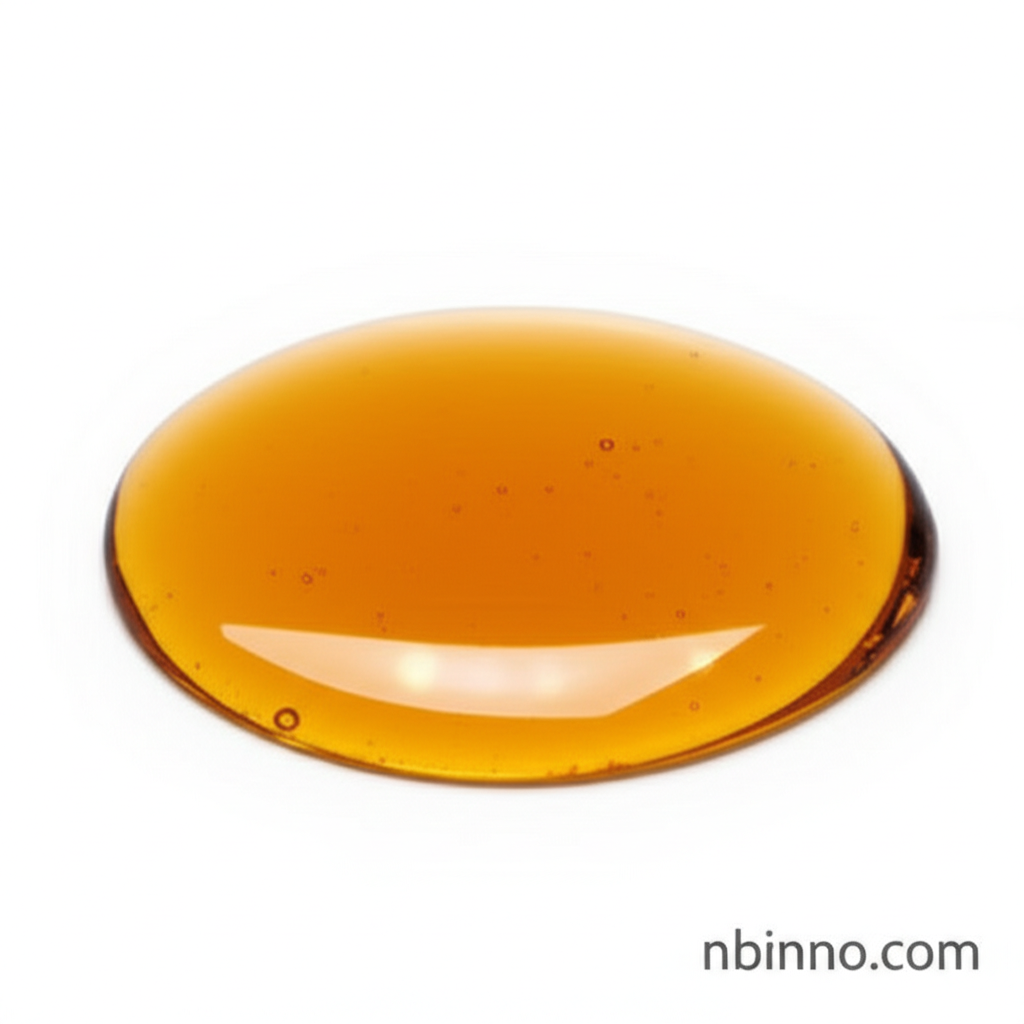Understanding Polymethylene Polyphenyl Polyisocyanate: Properties, Applications, and Safety
Explore the key characteristics and industrial significance of this vital organic intermediate.
Get a Quote & SampleProduct Core Value

Polymethylene Polyphenyl Polyisocyanate
This organic intermediate is crucial for creating advanced materials. It serves as a key component in the synthesis of high-performance polyurethane systems, renowned for their durability and versatility. Its unique chemical structure allows it to function as both a chain extender and a cross-linker, enabling the formation of complex polymer networks.
- Explore the diverse polymethylene polyphenyl polyisocyanate uses in advanced material fabrication. This chemical is instrumental in developing products with specific performance characteristics, meeting stringent industrial demands.
- Delve into the critical polymethylene polyphenyl polyisocyanate properties, including its liquid form and reactivity. Understanding these attributes is vital for successful application in various chemical processes.
- Understand the essential polymethylene polyphenyl polyisocyanate safety guidelines for effective and responsible handling. Proper safety measures are paramount when working with chemical intermediates.
- Investigate the CAS 9016-87-9 applications, ranging from polyurethane systems to biomaterials for organic electronics. This compound’s adaptability makes it valuable across multiple sectors.
Key Advantages
Versatile Polymerization
As a polyurethane foam precursor, it enables the creation of foams with exceptional resilience and inherent flame retardancy, crucial for safety in construction and automotive applications.
Advanced Material Synthesis
Its role in flame retardant polyurethane synthesis showcases its ability to impart fire-resistant properties, a critical factor in material selection for safety-conscious industries.
Biomaterial Innovation
Used in the fabrication of biomaterials for organic electronics, it contributes to the development of cutting-edge technologies, bridging the gap between chemistry and advanced devices.
Key Applications
Polyurethane Systems
Leverage the power of chemical synthesis using Polymethylene Polyphenyl Polyisocyanate to create robust and adaptable polyurethane systems for diverse industrial uses.
Advanced Foams
Its function as a key component in isocyanates allows for the production of polyurethane foams with superior mechanical properties and enhanced flame resistance.
Organic Electronics
Contribute to the field of polymerization by utilizing this compound in creating biomaterials essential for next-generation organic electronic devices.
Specialty Coatings
The compound's properties lend themselves to applications in specialty coatings, offering enhanced durability and performance characteristics.
